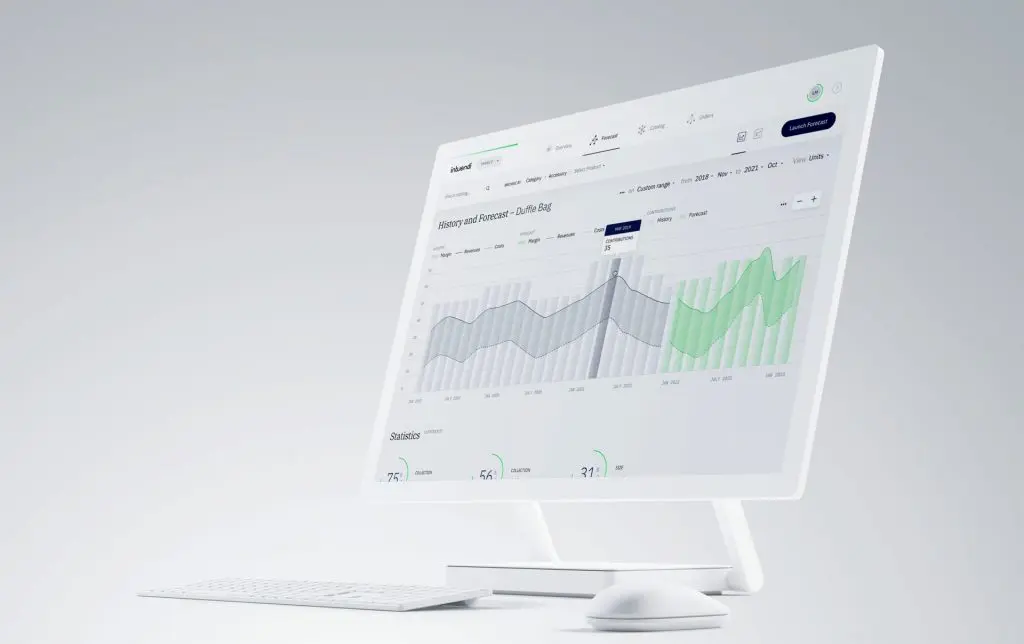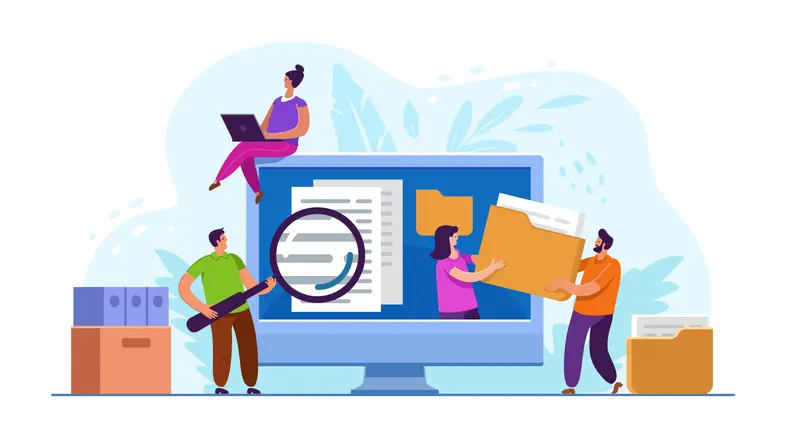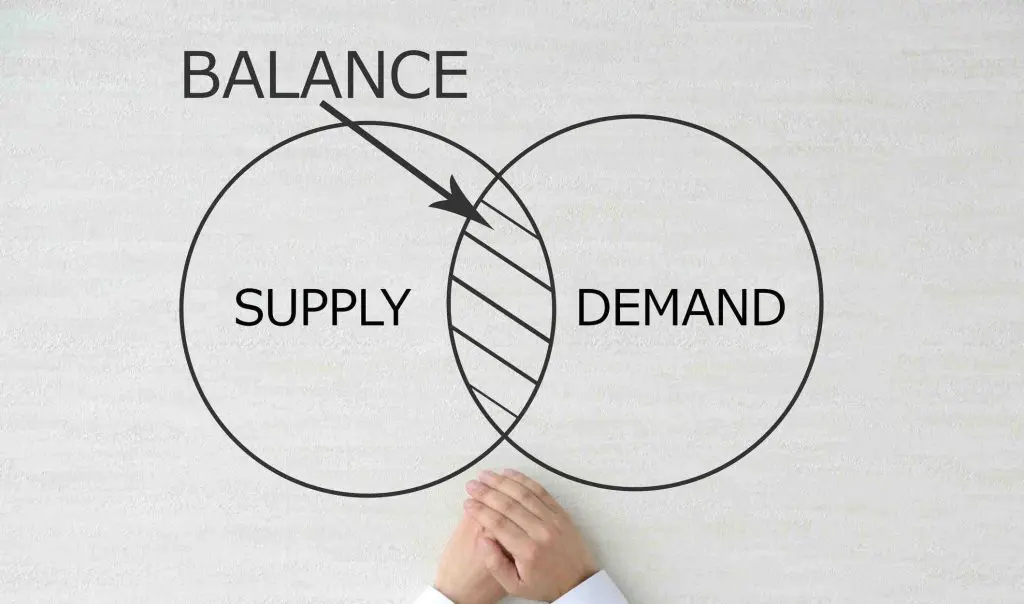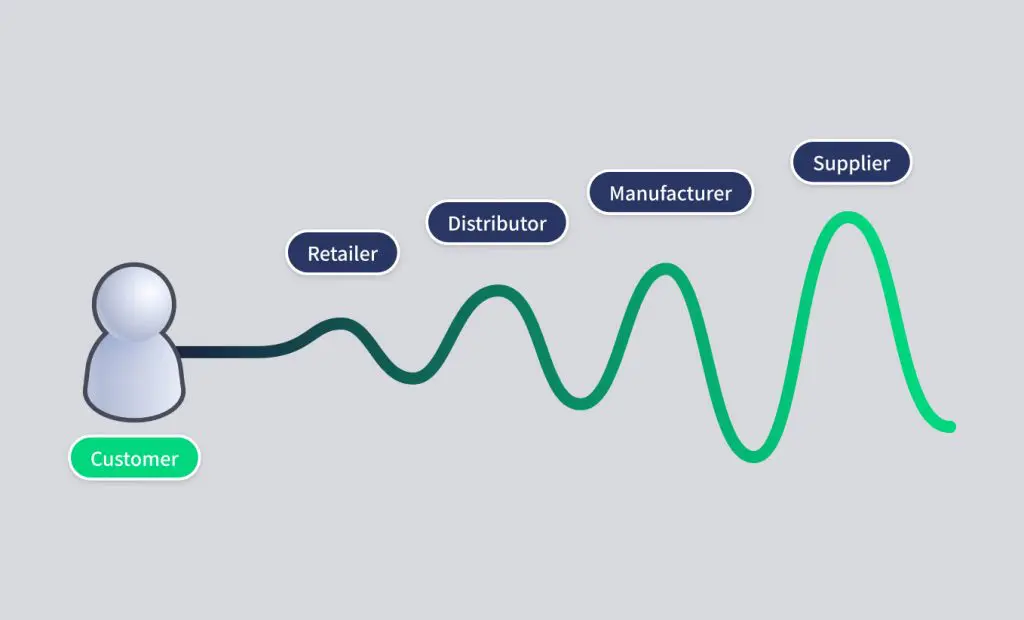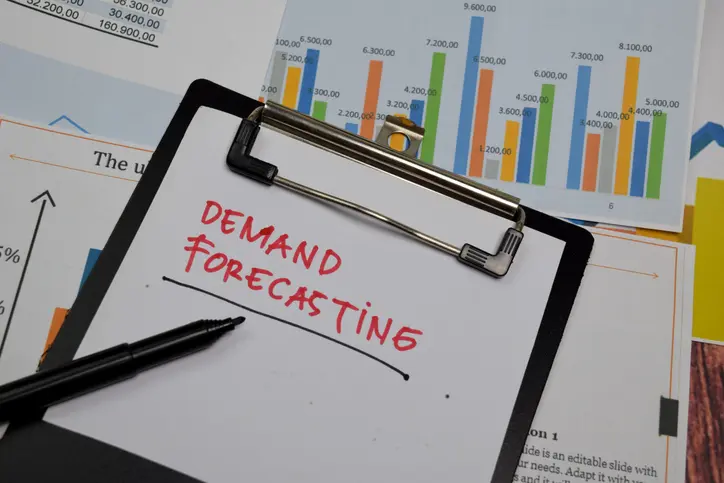Running a small retail shop has always been a balancing act, but today it feels more like a high-wire performance without a net. You’re not just competing with the shop down the street; you’re up against retail giants with seemingly endless resources. They can absorb losses on slow-moving products and use massive datasets to predict the next big trend. So how do you, the small or medium-sized business owner, keep up? The answer, surprisingly, isn’t about having a bigger budget. It’s about being smarter. And today, being smarter means embracing tools like AI forecasting—not as some complex, futuristic tech, but as a powerful and accessible secret weapon that can finally level the playing field.
The Modern Battlefield: Why Small Retailers Need a New Edge
Let’s be honest about the challenges. Small and medium-sized retailers are navigating a perfect storm of market volatility, the whiplash of changing consumer trends, and the sheer complexity of managing inventory. The costs are brutal. A stockout of a popular item means a lost sale and a disappointed customer who might not come back. Overstock, on the other hand, means your cash is tied up in products that are gathering dust, eventually needing to be sold at a loss just to make space. For an SMB with limited cash flow, these mistakes aren’t just inconvenient; they can be fatal.
This is where traditional forecasting methods, like relying on last year’s sales figures or a manager’s intuition, are falling short. Your gut feeling is valuable, but it can’t predict how a new TikTok trend will affect demand for a specific color of sneakers, or how a sudden heatwave will impact sales of portable fans. These old methods are simply too slow and too simplistic for today’s dynamic market.
This is where AI Forecasting steps in. Instead of just looking at the past, it uses machine learning to analyze your sales data alongside dozens of external factors—like weather, holidays, and online trends—to deliver startlingly accurate predictions about what your customers will want to buy next week, next month, and next quarter. For SMBs, this isn’t a luxury; it’s a necessary edge to not just survive, but thrive.
The Tangible Benefits: How AI Forecasting Drives Real-World Results
So what does this actually mean for your bottom line? The benefits are direct, measurable, and powerful.
First and foremost, it drastically reduces stockouts and excess inventory. By knowing what’s going to be in demand, you can order with confidence. This means more sales captured, happier customers, and a healthier cash flow because your money isn’t trapped in a back room full of unwanted stock. It also allows you to optimize your pricing strategies. An AI tool can help predict how a small price drop might affect demand, allowing you to run smarter promotions that maximize revenue without giving away margin unnecessarily.
This all leads to an enhanced customer experience. Nothing builds loyalty like consistently having the products your customers are looking for. And perhaps one of the most underrated benefits is that it frees up your valuable time. Instead of spending hours buried in spreadsheets trying to guess inventory needs, you and your managers can focus on what you do best: growing the business, training your team, and connecting with your customers.
For an agile SMB, these benefits are magnified. You can react to the insights from an AI forecast much faster than a lumbering corporate giant, allowing you to pivot, adjust orders, and capitalize on opportunities before the competition even knows what’s happening.
A Practical Guide to Implementing AI Forecasting in Your Business
Adopting this technology might sound intimidating, but it’s more achievable than you think. Here’s a simple, step-by-step journey to get you started.
Step 1: Assess Your Needs and Data Readiness
Before you even look at software, look in the mirror. Start by identifying your biggest inventory pain points. Is it a specific product category you always get wrong? Are you constantly running out of your best-sellers during peak season? Knowing your problems will help you find the right solution.
Next, think about your data. Most businesses have more than they realize. Your sales records from your Point-of-Sale (POS) system are the golden ticket. Do you have at least a year’s worth of clean, accessible sales data? This is the fuel for the AI engine, so ensuring it’s in decent shape is a crucial first step.
Step 2: Integrate the System and Train Your Team
Once you’ve chosen a tool, the practical work begins. The best AI platforms for SMBs are designed to integrate smoothly with the software you already use, like your POS or inventory management system. Think of it as plumbing; a good vendor will help you connect the pipes so data flows automatically.
Don’t forget the human element. Your team needs to be brought on board. Training isn’t just about clicking buttons; it’s about teaching them to trust the insights the AI provides. There can be some initial resistance to letting a machine make suggestions, so it’s important to frame it as a tool that empowers their expertise, not replaces it.
Step 3: Monitor, Refine, and Overcome Challenges
This isn’t a “set it and forget it” solution. In the beginning, you should monitor the AI’s forecasts against your actual sales. Most modern systems learn and get better over time, especially as you provide feedback and feed them more data.
You might face some initial challenges, like discovering gaps or inconsistencies in your historical data. Don’t panic. The best approach is to start small, perhaps focusing on your most important product category first. As the system proves its value and your data quality improves, you can expand its use across your entire business.
Finding the Right AI Forecasting Tools for an SMB Budget
Choosing the right platform is critical, and thankfully, you don’t need a corporate budget to get started. Here’s what to look for.
Cloud-Based vs. On-Premise Solutions
For nearly every SMB, a cloud-based or “Software-as-a-Service” (SaaS) platform is the way to go. These tools operate on a subscription model, which means a much lower upfront cost that fits neatly into your operational budget. All the updates, security, and maintenance are handled by the provider, and you can easily scale your plan up as your business grows. On-premise solutions, which require you to buy and maintain your own servers, are far more expensive and complex, making them a poor fit for most small retailers.
Key Features and Platforms to Consider
When you’re comparing platforms, look for a few key things. You need a tool with an intuitive, user-friendly interface—you shouldn’t need a data science degree to use it. Make sure it integrates easily with your existing software. The ability to incorporate multiple data sources is a huge plus, and clear reporting dashboards are essential for turning data into actionable insights. To give you a starting point for your research, platforms like Intuendi or Zoho Inventory are often praised for being powerful yet accessible for the SMB market.
Want to see how Intuendi works for your retail business?
Best Practices for Maximizing Your Forecasting ROI
Once you’re up and running, the goal is to get the most value out of your investment. Remember the golden rule of data: “garbage in, garbage out.” The quality of your forecasts will always depend on the quality of the data you feed the system, so maintain good data hygiene.
It’s also crucial to remember that AI is a powerful assistant, not a replacement for your business acumen. The best results come from combining the AI’s data-driven insights with your own human expertise and knowledge of the market. As your business grows, you can scale the use of your AI tool, applying its insights to launch new products more effectively or to inform your marketing campaigns for maximum impact.
Future-Proof Your Business and Compete with Confidence
The retail landscape is undeniably tough, but technology like AI forecasting has become a powerful equalizer. It allows smaller, nimbler businesses to make decisions with the same level of data-driven confidence as their largest competitors. More importantly, these tools are more affordable and accessible today than ever before.
Now is the time to act. By adopting AI forecasting, you’re not just optimizing your inventory; you’re future-proofing your business. Take the first step outlined in this guide: sit down and honestly assess your business’s needs and biggest challenges. That simple act is the beginning of your journey toward a smarter, more profitable, and fiercely competitive future.

